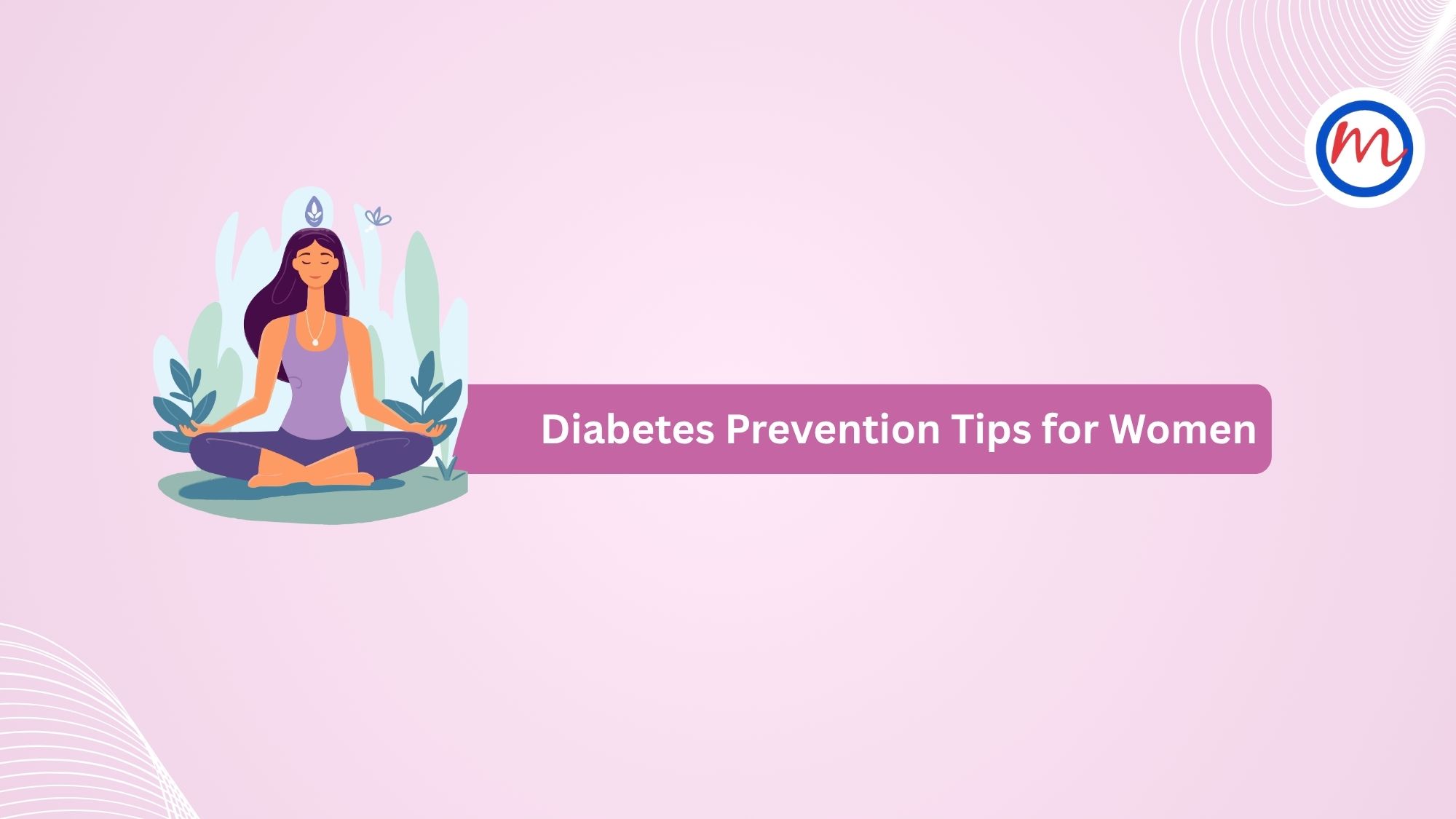Diabetes Prevention Tips for Women in Their 20s, 30s, 40s and Beyond
Introduction
Type 2 diabetes doesn’t appear overnight. It develops slowly, often beginning years before diagnosis. The good news is that it is preventable, especially when risk factors are recognised early and addressed proactively. For women, the path to prevention differs by age and stage of life. From PCOS in youth to menopause in later years, each phase presents unique challenges and opportunities. This article outlines age-specific strategies to help women stay diabetes-free and healthy for life.
In Your 20s: Build Strong Foundations Early
Your 20s are the best time to establish habits that will protect your health for decades.
Prevention Priorities:
- Eat home-cooked meals with whole grains, vegetables and protein
- Stay active—aim for at least 150 minutes of moderate activity weekly
- Limit sugar-sweetened drinks and late-night eating
- Maintain a healthy weight and waist circumference
Unique Risk:
PCOS (Polycystic Ovary Syndrome) increases insulin resistance and diabetes risk. If diagnosed, follow a balanced diet, exercise regularly and get screened annually.
In Your 30s: Balance Career, Family and Health
Many women in their 30s struggle to prioritise their health due to demanding work or family roles.
Prevention Priorities:
- Keep stress and emotional eating in check with mindfulness practices
- Meal prep or batch cooking helps avoid unhealthy last-minute food choices
- Don’t skip meals, especially breakfast
- Watch weight gain during and after pregnancy
Unique Risk:
Gestational Diabetes (GDM) increases the future risk of type 2 diabetes. Women with a history of GDM should have their blood sugar tested every 1–3 years.
In Your 40s: Prevent Weight-Related Risks
Metabolism slows in the 40s, and hormonal changes begin to affect fat distribution and insulin sensitivity.
Prevention Priorities:
- Incorporate strength training to preserve muscle and boost metabolism
- Limit white rice, sweets, fried foods and processed snacks
- Ensure 7–8 hours of quality sleep for hormonal balance
- Keep blood pressure and cholesterol in check
Unique Risk:
Perimenopause increases visceral fat and insulin resistance. Track waist circumference and blood glucose annually.
In Your 50s and Beyond: Stay Vigilant Post-Menopause
After menopause, diabetes risk rises sharply, especially if family history, obesity or a sedentary lifestyle are present.
Prevention Priorities:
- Stick to smaller portion sizes and eat slowly
- Increase calcium, vitamin D and fibre intake
- Do regular health check-ups: HbA1c, fasting glucose, lipid profile
- Engage in daily physical activity—even simple walking counts
Unique Risk:
Menopause-related changes to fat metabolism can lead to blood sugar imbalances. Watch for unexplained fatigue, thirst or frequent urination.
Universal Tips to Prevent Type 2 Diabetes in Women
Regardless of age, the following steps are key:
- Know Your Numbers
Check your fasting blood sugar, HbA1c, blood pressure and cholesterol regularly. - Stay Active
Movement improves insulin sensitivity. Combine cardio with strength training. - Eat Real, Whole Foods
Cook at home often, and limit sugars, refined carbs and unhealthy fats. - Stay Hydrated
Drinking enough water can help regulate appetite and sugar control. - Get Adequate Sleep
Poor sleep affects hunger hormones and insulin balance. -
Avoid Smoking and Excess Alcohol
Both increase insulin resistance and the risk of complications.
Conclusion
Prevention is always better than a cure—especially when it comes to type 2 diabetes. Women at every life stage have unique risk factors but also unique strengths. By staying informed, proactive and consistent, diabetes can be prevented or delayed. Take the first step today—it’s never too early or too late to protect your health.

Leave a Reply